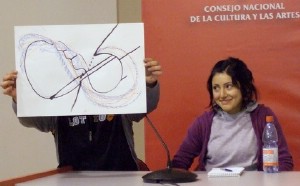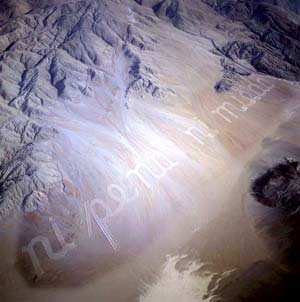The discovery of rare value in the most common of materials seems a particularly Australian quest. Eighteen newly emerged craft practitioners from across Australia demonstrate in their work how a source as humble as the supermarket can provide materials for even the most precious work of art. Materials include quartz, grass, ice cream sticks, indigenous timbers, plastic bags, cardboard packaging, styrofoam, books, blankets, skin and shampoo. In each case, a work of elegance and expressive power has been produced from extremely humble materials. The exhibition ‘Make the Common Precious’ demonstrates the creative potential of craft to transform materials through skill and imagination. This exhibition coincides with the publication of ‘Make the Common Precious’ (Thames & Hudson). Artists profiled in the publication are Ari Athans (QLD), Roseanne Bartley (VIC), Kantjupayi Benson (WA), Kate Campbell-Pope (WA), Lorraine Connelly-Northey (VIC), Honor Freeman (SA), Stephen Gallagher (VIC), Caz Guiney (VIC), David Herbert (VIC), Nicholas Jones (VIC), Nicole Lister (NSW), Sally Marsland (VIC), Paull McKee (ACT), Tiffany Parbs (SA), Anna Phillips (TAS), Fleur Schell (WA), Mark Vaarwerk (QLD), Damien Wright (VIC) and Louiseann Zahra (VIC).
This is a place for occasional news about the publication Craft Unbound: Make the Common Precious, the artists who are featured there and the exhibition touring to Santiago, Chile in October 2006. For more information about the exhibition, go here.













 There’s a wonderful article in
There’s a wonderful article in